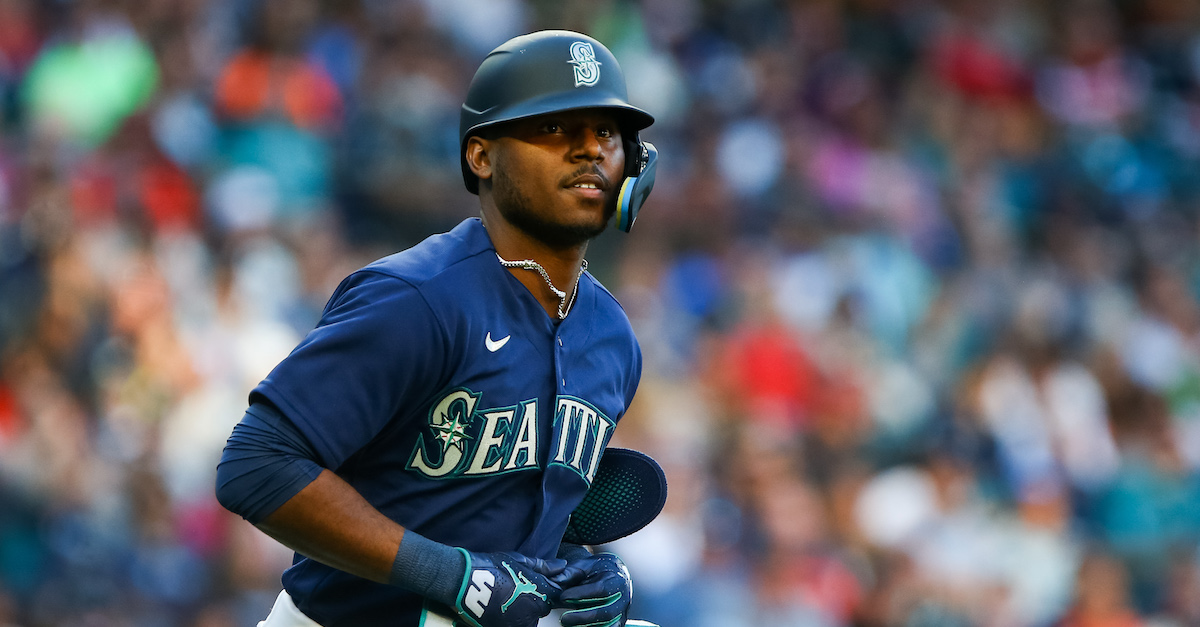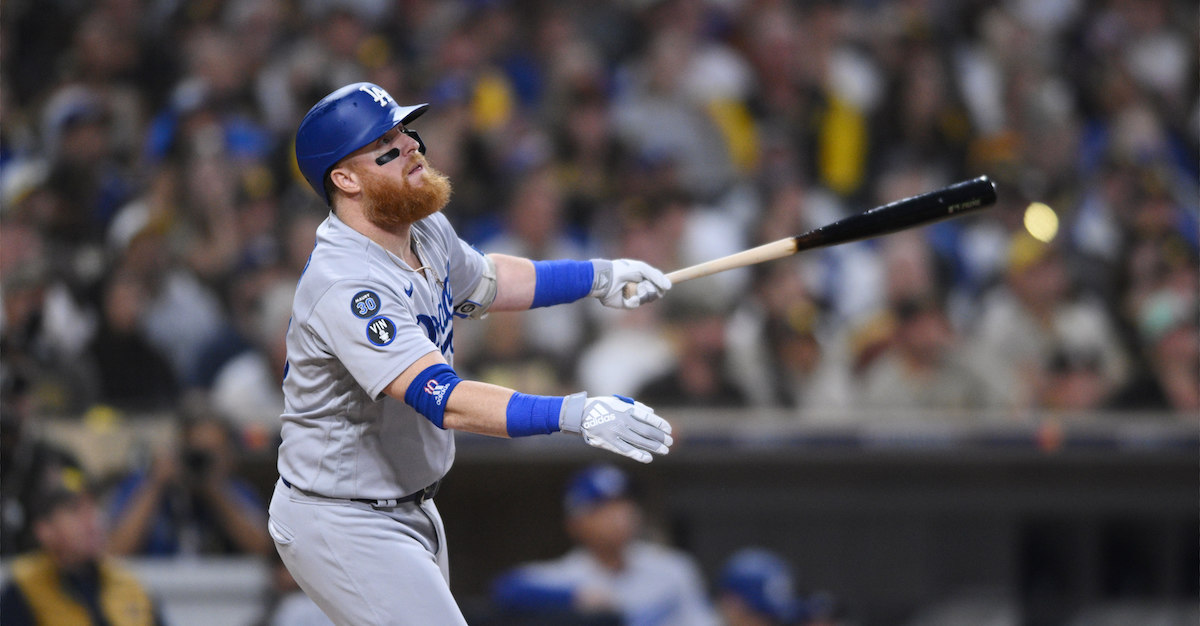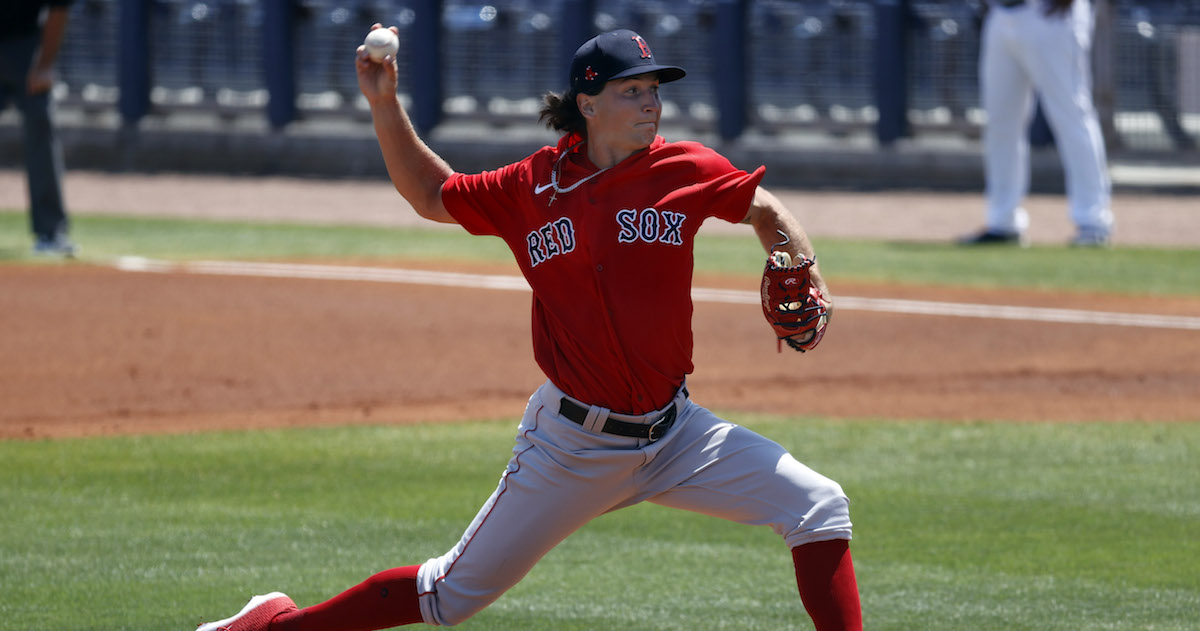Fellows/Interns, Research & Development (Various Roles)
Location: Pittsburgh, PA
Full-Time/Part-Time: Contingent
Shift: Various Shifts
The Pirates Research & Development Team
We are a growing team committed to discovering new competitive advantages for the Pittsburgh Pirates. We are collaborative with high levels of communication, mentorship, inclusion, and engagement in ideas. We believe a diversity of perspectives is crucial to delivering championship-caliber R&D, and we encourage all interested candidates to apply if they meet some of the requirements or to reach out if they have questions about their qualifications.
Our hiring process includes an initial call and two rounds of interviews. It may involve a questionnaire but does not require a take-home project.
Job Summary
The Pittsburgh Pirates are seeking multiple fellows and interns to join the team’s Research & Development group. There is a single application for all positions, but candidates can specify particular areas of interest.
- Data Science Interns/Fellows: In this role, you will use your analytical and programming skills to conduct research, create models, and discover insights that impact all areas of Baseball Operations and R&D. You will learn how to demo your work to decision-makers and colleagues in a supportive environment. The ideal candidate is excited to deliver results on an impactful problem, applying strong quantitative skills to observational, tracking, and biomechanical data under the mentorship of the group’s analysts. Previous sports-specific research is not a requirement. Start dates are flexible.
- Major League Strategy and Data Fellow: This role will investigate strategic and skill-development questions as requested by ML staff and R&D. The ideal candidate will have a quantitative background and the ability to code in at least one programming language. Experience with a collegiate team, pro team, or training facility is a plus but not a requirement. In this role, you will use existing tools and your ability to code to answer questions and proactively identify opportunities. You will write and disseminate notes on Pirates players, monitoring progress versus goals or other baselines. Excellent communication and organizational skills are required. Those who are solutions-oriented and driven to find competitive advantages at the Major League level are encouraged to apply! The anticipated start date is by March 2023.
- Biomechanics Fellow: In this role, you will review and summarize biomechanical data collected across the organization. You will use strong written communication skills to alert cross-disciplinary groups to changes, opportunities, and other insights. You will also get hands-on experience working alongside coaches and other staff in training settings, as well as helping impact the organization’s future direction in the biomechanical space. The ideal candidate will possess both an academic foundation in sports biomechanics as well as experience in either a lab or in the field. The anticipated start date is by May 2023.
- Amateur Analyst and International Amateur Analyst Fellows: In this role, you will code and implement solutions to analyze amateur players. You will flag interesting players and prepare information from a multitude of data sources for deeper discussion. The ideal candidate will bring attention to detail in executing on in-season process while also adding creativity and open-mindedness to our processes. You should have a foundation in a quantitative field with experience coding in at least one programming language. Experience with analyzing players, particularly amateur players, is a plus but not a requirement. Being bilingual is also a plus but not required. The anticipated start date for the domestic amateur position is by February 2023.
Responsibilities:
- Analyze and interpret data, disseminating findings to stakeholders throughout the organization through a combination of written and verbal communication.
- Develop and deploy models, reports, and other tools.
- Answer questions from field staff and front-office personnel.
- Collaborate regularly with the entire R&D team.
- Think creatively!
The Pirates Why
The Pittsburgh Pirates are a storied franchise in Major League Baseball who are reinventing themselves on every level. Boldly and relentlessly pursuing excellence by:
- purposefully developing a player and people-centered culture;
- deeply connecting with our fans, partners, and colleagues;
- passionately creating lifetime memories for generations of families and friends; and
- meaningfully impacting our communities and the game of baseball.
At the Pirates, we believe in the power of a diverse workforce and strive to create an inclusive culture centered in Passion, Innovation, Respect, Accountability, Teamwork, Empathy, and Service.
Position Requirements:
Required:
- Authorized to work lawfully in the United States.
- Degree or demonstrated experience in a quantitative field such as mathematics, computer science, operations research, economics, statistics, physics, or data science.
- Interest in developing a passion for sports analysis, and/or competitive drive to discover advantages for the Pirates.
- Proficiency in at least one statistical programming language (e.g. R, Python).
- Current college sophomore or above.
Desired:
- At least a college junior (internship level) or senior/postgraduate (fellowship level).
- Bayesian/Hierarchical modeling.
- Optimization
- Computer vision (e.g. Open CV)
- Deep learning (e.g. TensorFlow)
- Physics
To Apply:
To apply, please follow this link.
The content in this posting was created and provided solely by the Pittsburgh Pirates.

![]() Sponsor Us on Patreon
Sponsor Us on Patreon![]() Subscribe to Stathead (Code: WILD20)
Subscribe to Stathead (Code: WILD20)![]() Facebook Group
Facebook Group![]() Twitter Account
Twitter Account![]() EW Subreddit
EW Subreddit![]() Effectively Wild Wiki
Effectively Wild Wiki![]() iTunes Feed (Please rate and review us!)
iTunes Feed (Please rate and review us!)![]() Get Our Merch!
Get Our Merch!![]() Email Us: podcast@fangraphs.com
Email Us: podcast@fangraphs.com





